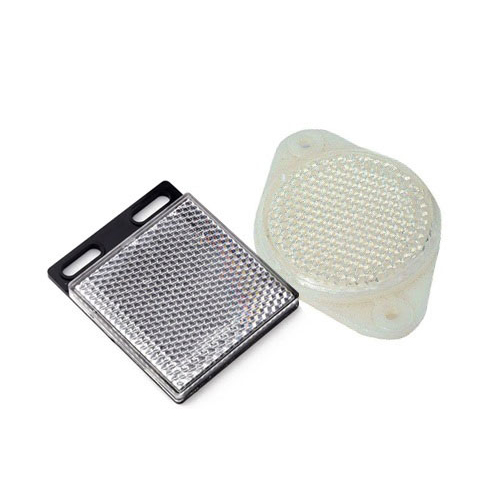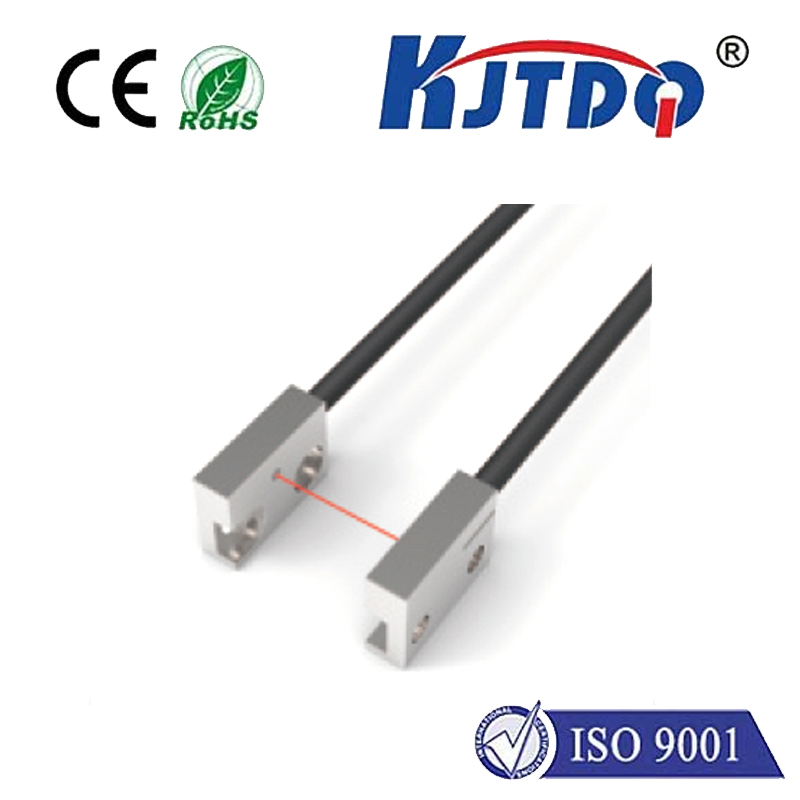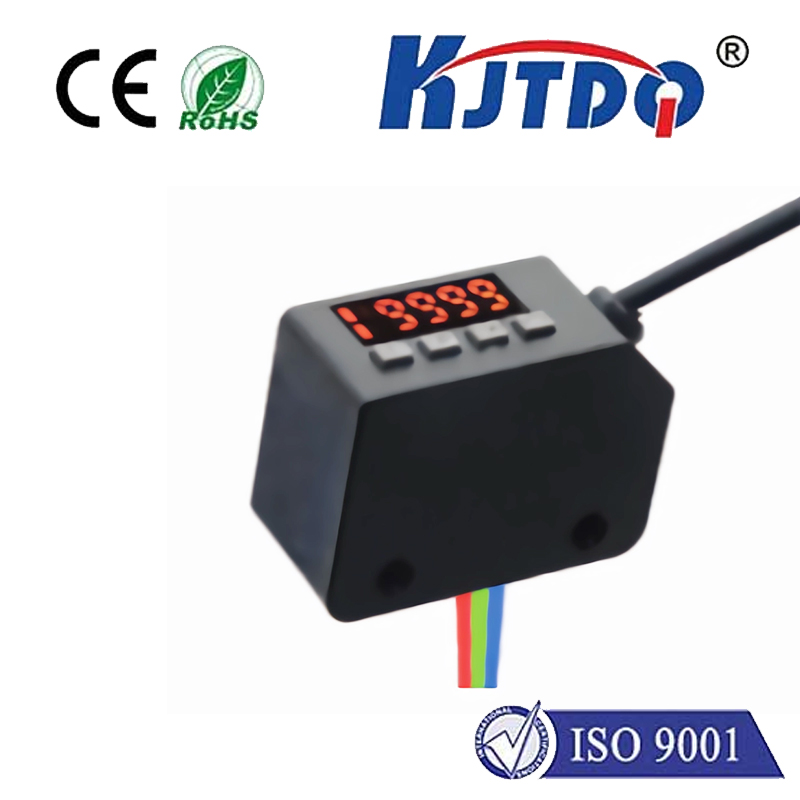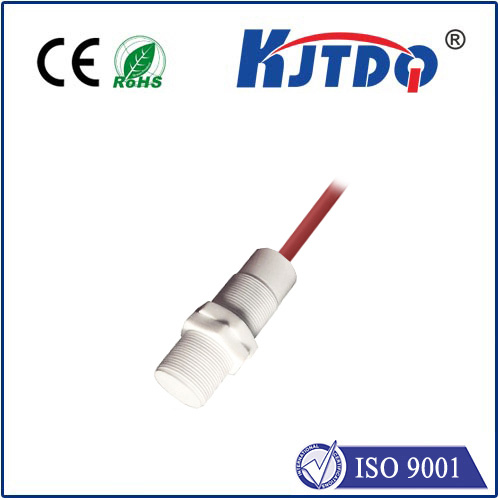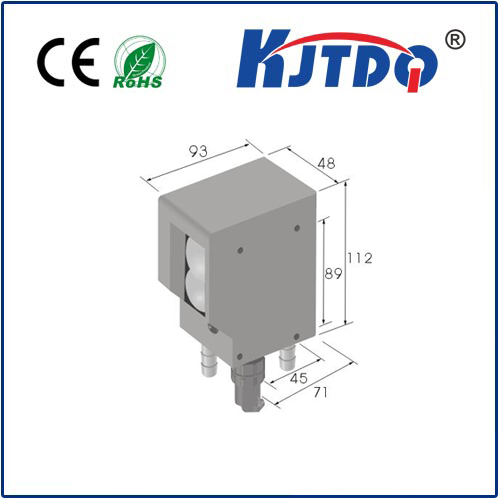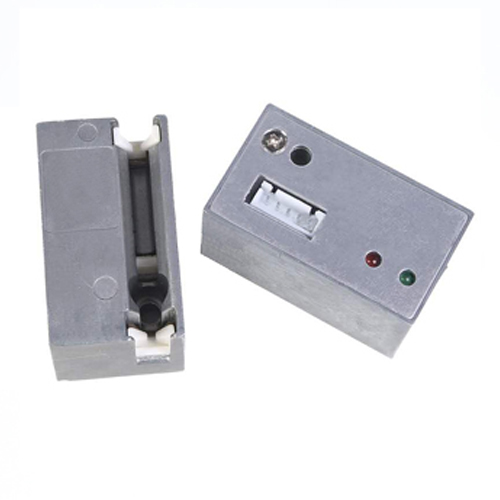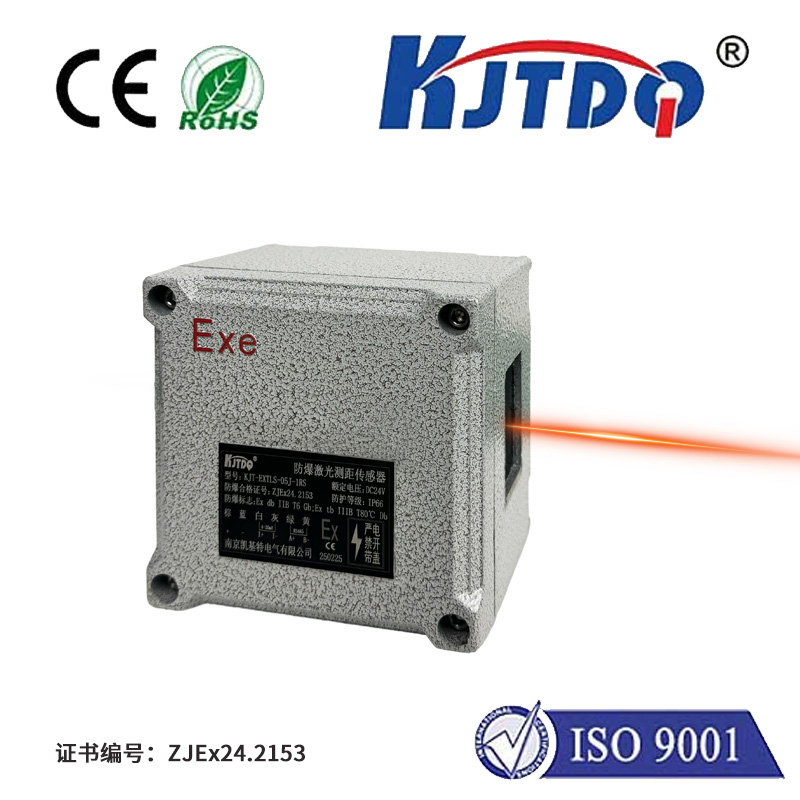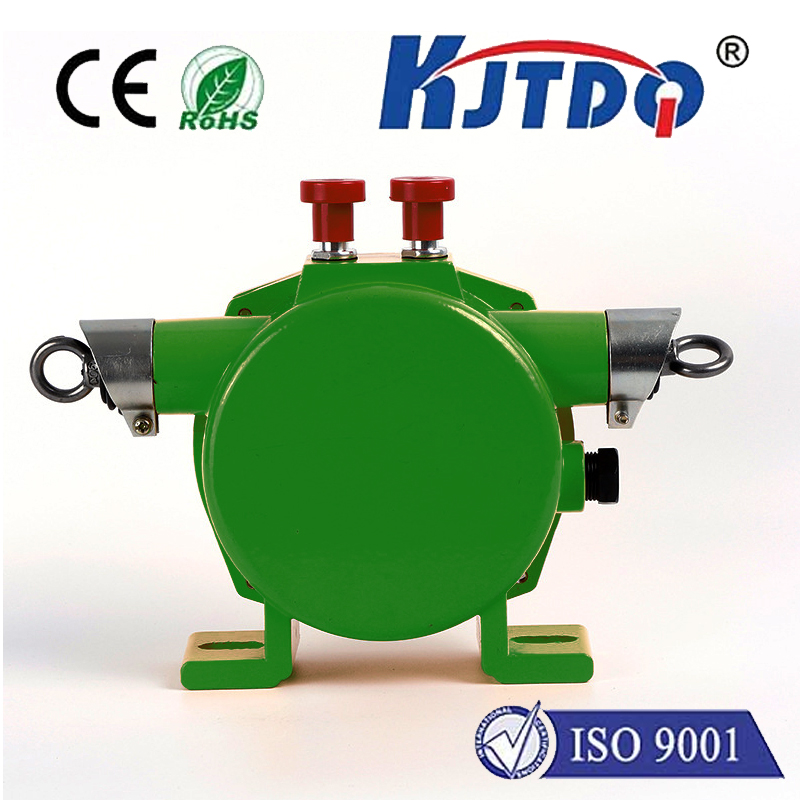

check

check

check

check

check

check

check

check

check

check
Pyroelectric Sensors and Lasers: A Revolutionary Combination
The world of sensor technology is constantly evolving, with new innovations being developed every day. One such innovation that has caught the attention of experts in recent times is the combination of pyroelectric sensors and lasers. This revolutionary combination promises to revolutionize various applications, including environmental monitoring, medical diagnostics, and industrial process control. In this article, we will explore the potential of pyroelectric sensors and lasers and how they can be used together to create cutting-edge solutions for a wide range of industries.

Pyroelectric sensors are a type of thermal sensor that detect changes in temperature by measuring the electric charge generated by the material as it heats up or cools down. These sensors have been widely used in various applications, including fire detection, infrared imaging, and motion detection. However, their use has been limited due to their low sensitivity and slow response time. Lasers, on the other hand, are highly sensitive devices that use light to detect changes in the environment. By combining these two technologies, researchers hope to create a more accurate and faster sensing system that can detect even the slightest changes in temperature.
One area where this combination could prove especially useful is in environmental monitoring. With global warming becoming an increasingly pressing issue, there is a growing need for accurate and reliable ways to measure changes in the environment. Pyroelectric sensors and lasers could be used together to create a highly sensitive system that can detect even the smallest fluctuations in temperature. This would allow scientists to better understand the effects of climate change and develop strategies to mitigate its impact.
Another application for pyroelectric sensors and lasers is in medical diagnostics. Many diseases cause subtle changes in body temperature, which can be difficult to detect using traditional methods. By combining pyroelectric sensors with lasers, doctors could create a highly sensitive system that can quickly and accurately diagnose a wide range of conditions. This could lead to earlier interventions and improved patient outcomes.
Industrial process control is another area where pyroelectric sensors and lasers could be used together to great effect. Many manufacturing processes require precise temperature control to ensure product quality. By using pyroelectric sensors and lasers, manufacturers could create a highly accurate system that can monitor temperature in real-time and make adjustments as needed. This could lead to increased efficiency and lower production costs.
In conclusion, the combination of pyroelectric sensors and lasers represents a significant breakthrough in sensing technology. By harnessing the strengths of both technologies, researchers hope to create highly sensitive systems that can detect even the slightest changes in temperature. This could lead to improvements in environmental monitoring, medical diagnostics, and industrial process control, among other applications. As this technology continues to evolve, we can expect to see even more innovative solutions emerge that will benefit society as a whole.
